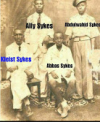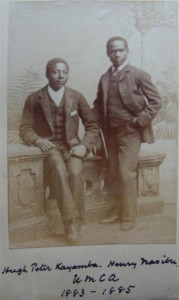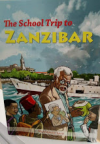Mohamed Said
JF-Expert Member
- Nov 2, 2008
- 20,962
- 30,311
Zanzibar...Yaani wale waswahili waliokuwa wanashinda kariakoo wakinywa Kahawa, kucheza bao, kupiga story za umbeya halafu wakisikia adhana wanakimbilia kuswali ndio wapiganie Uhuru wa Tanganyika?
Mzee Said aende akajitafakari upya kabla ya kuja na story zake za kimchongo wa kidini.
Naam ni hawa Waswahili ndiyo waliounda African Association 1929.
Nakuwekea majina yao:
- Kleist Abdallah Sykes
- Mzee bin Sudi
- Ibrahim Hamisi
- Ali Said Mpima
- Suleiman Majisu
- Zibe Kidasi
Dhifa ya kumuaga Julius Nyerere safari ya kwanza UNO 1955 ilifanyika katika jengo la Al Jamiatul Islamiyya.
Mufti wa Tanganyika Sheikh Hassan bin Ameir alikuwa anauza kadi za TANU ndani ya misikiti.
Sheikh Mohamed Yusuf Badi wa Lindi yeye alikuwa mstari wa mbele katika TANU Southern Province.
Mtaa wa Sheikh Mohamed Yusuf Badi Lindi
Mzee bin Sudi (1896 - 1972)
Jengo la Al Jamiatul Islamiyya fi Tanganyika
lilijengwa 1936
Kleist Sykes (1894 - 1949)
Historia hii ni ya wazee wangu na nimeishi katika historia hii na nimekulia Kariakoo baadhi ya wazalendo hawa nimewadiriki na wengine wamefariki sijazaliwa au nilikuwa bado mdogo sana.
Wewe ndiye unahitaji kwenda kujitafakari ukajiuliza ilikuwaje ikaandikwa historia bila ya kuwataja wazalendo hawa?



